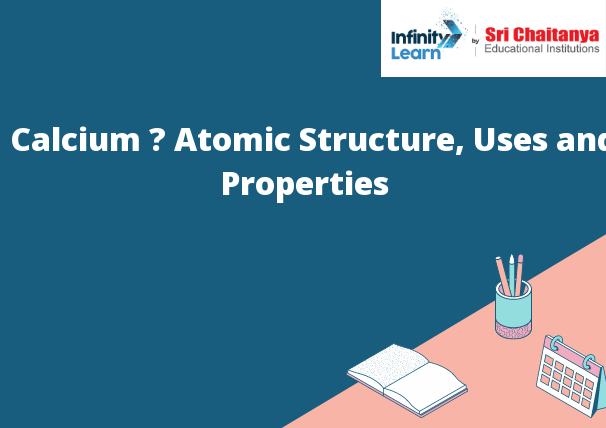Table of Contents
What is Calcium?
Calcium is a mineral that is found in many foods. It is important for strong bones and teeth. It is also necessary for blood clotting and muscle contraction.

Calcium Element
Calcium is an element in the periodic table with the symbol Ca. It is a soft, white metal that is the fifth most common element in the Earth’s crust. It is found in large deposits of minerals such as limestone, chalk, and marble. Calcium is also found in seawater and is used to make cement.
Calcium is an important element for human health. It is needed for strong bones and teeth, and for the proper functioning of the heart, muscles, and nerves. Calcium can also help to prevent high blood pressure, heart disease, and strokes.
Calcium Symbol
:Ca
Calcium is a chemical element with the symbol Ca and atomic number 20. It is a soft silver-white alkaline earth metal that is highly reactive and occurs naturally in compounds. Calcium is the fifth most abundant element in the Earth’s crust. It makes up about 3% of the weight of the Earth’s crust and is the most abundant metal in the crust.
Atomic Structure of Calcium
Calcium is the fifth most abundant element in the Earth’s crust, making up about 3% of it. It is a silver-white metallic element that is very reactive.
The atomic structure of calcium is as follows:
calcium has an atomic number of 20
its atomic weight is 40.08
it has 2 protons and 2 neutrons in the nucleus
it has 10 electrons in the outer shell
The electrons in an atom are arranged in shells. The first shell can hold up to 2 electrons, the second shell can hold up to 8 electrons, and the third shell can hold up to 18 electrons. Calcium has 10 electrons in its outer shell, so it is full.
Atomic Data of Calcium
Atomic number (Z) = 20
Electron configuration = 1s22s22p63s23p64s2
Ionization energy = 786.3 kJ/mol
First ionization energy = 786.3 kJ/mol
Second ionization energy = 1572.6 kJ/mol
Third ionization energy = 2890.8 kJ/mol
Atomic radius = 1.14 Å
Covalent radius = 0.77 Å
Van der Waals radius = 1.43 Å
Ionisation Energies (kJ mol−1)
First ionisation energy: 786.5
Second ionisation energy: 1573.0
Third ionisation energy: 2851.5
Uses of Calcium
Calcium is used in a variety of ways, some of which are listed below:
– To prevent and treat osteoporosis
– To prevent and treat hypertension
– To prevent and treat colon cancer
– To prevent and treat preeclampsia
– To prevent and treat rickets
– To prevent and treat soft tissue calcification
Properties of Calcium
Atomic number (Z) 20
Atomic weight (A) 40.08
Electron configuration [Ar] 4s2
melting point (K) 1,471
boiling point (K) 3,387
Density (g/cm3) 1.55
Ionization energy (kJ/mol) 712.5
Calcium Compounds
Calcium compounds are used in a variety of industrial and commercial applications.
Some common uses of calcium compounds include:
-Making cement
-Making glass
-Making soap
-Adding calcium to water to make it hard
Facts About Calcium
A mineral found in bones and teeth, calcium is necessary for strong bones and teeth. It also helps the body to clot blood, send and receive messages through the nervous system, and release hormones.
Calcium in Living Organisms
Living things need calcium to grow and stay healthy. Calcium is found in bones and teeth, and helps to keep them strong. It is also important for muscle function, nerve signaling, and blood clotting.
Osteoporosis
Osteoporosis is a medical condition in which bones become weak and brittle. This can lead to an increased risk of fractures.
Symptoms of Osteoporosis
Some common symptoms of osteoporosis include:
Back pain
Bone fractures
Bone pain
Decreased height
Hip pain
Loss of bone density
Loss of muscle mass
Rib fractures
Spine curvature







